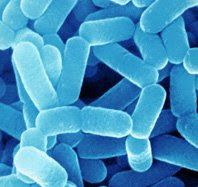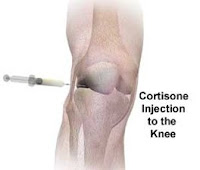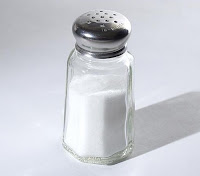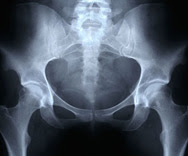A few years ago, manufacturers of baby bottles made an aggressive effort to eliminate bisphenol A (BPA) from their products. The effort was widely hailed as an excellent, pro-health, consumer-friendly move and parents across the country rejoiced. BPA is a known endocrine disruptor. This means it changes the way that hormones function in the body. While minute amounts to an adult may not be very disruptive, no one really knows how much is safe. The impact on children; we know even less.

While BPA has been removed from many children's products, it is still widely used in other areas. The inside of canned foods is known to have BPA. A study reported in the Journal of the American Medical Association examined adult volunteers who ate one can of soup per day for 5consecutive days.
Researchers found that his lead to BPA levels in the urine that were 1,221% higher than people who did not eat soup out of cans during that time frame. That is not a type. It was 1,221% higher!
The only way to show up in urine is if BPA was absorbed into the blood in the first place (presumably from dietary intake). While this research isn't damning of BPA in and of itself. It does indicate significant exposure to BPA to the average American. It's is not uncommon to open a can of tuna, soup or other food product. If you buy much of your food, you must realize that quite a bit of restaurant food also comes out of a can (depending, of course, on where you choose to dine).
There is quite a bit of research showing the potential of BPA to be harmful to our health. The fact that exposures are this high is very alarming. Remember this as you open your next can of beans. That low glycemic, high protein, high fiber treat may come along with a spoonful of endocrine disruptors.



























